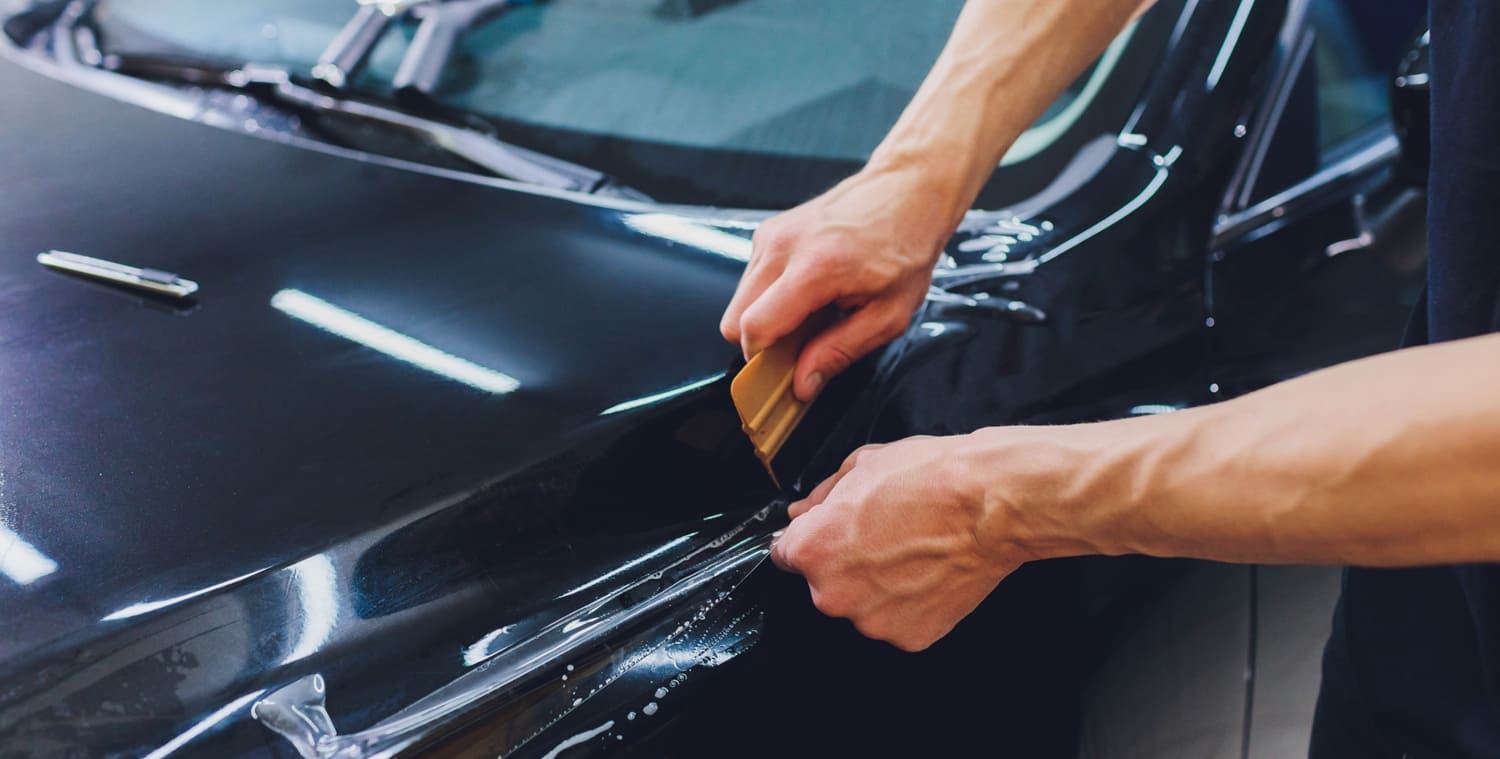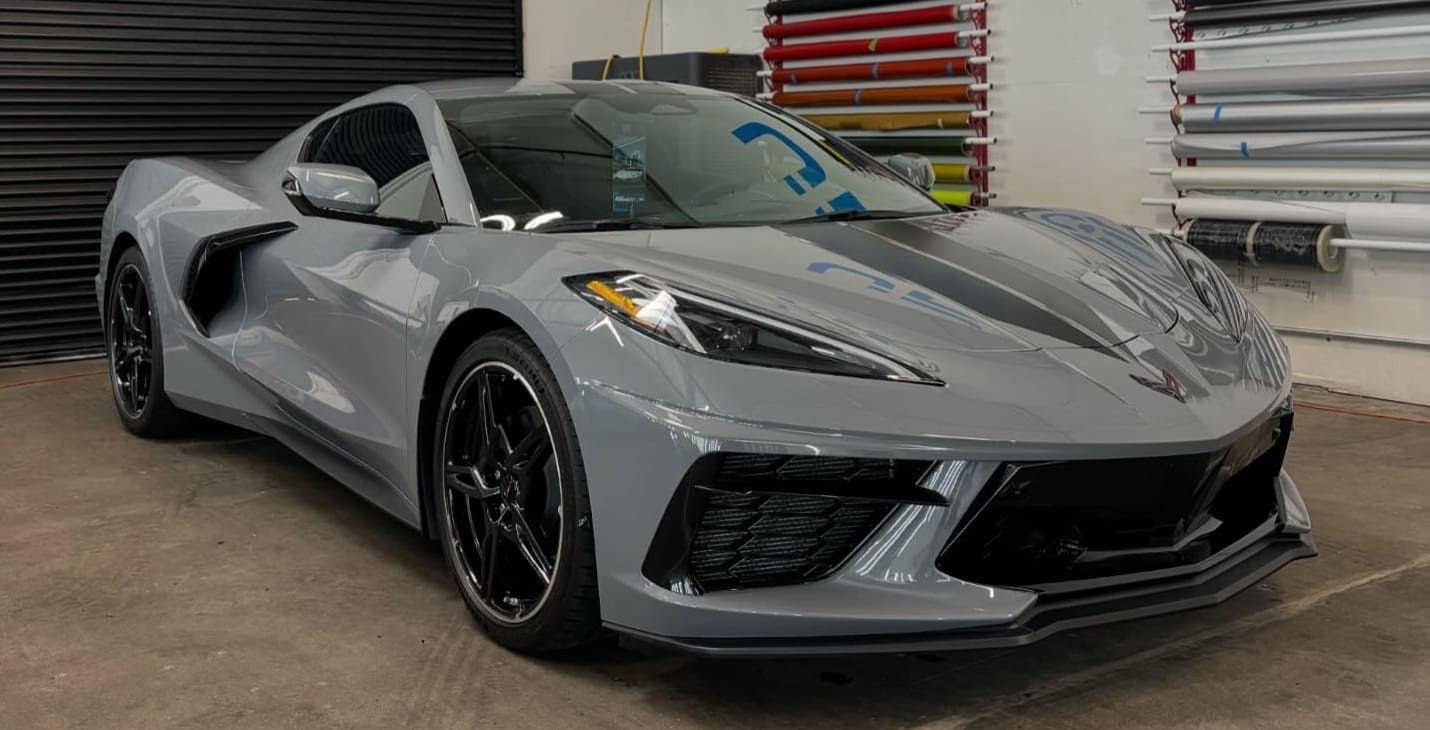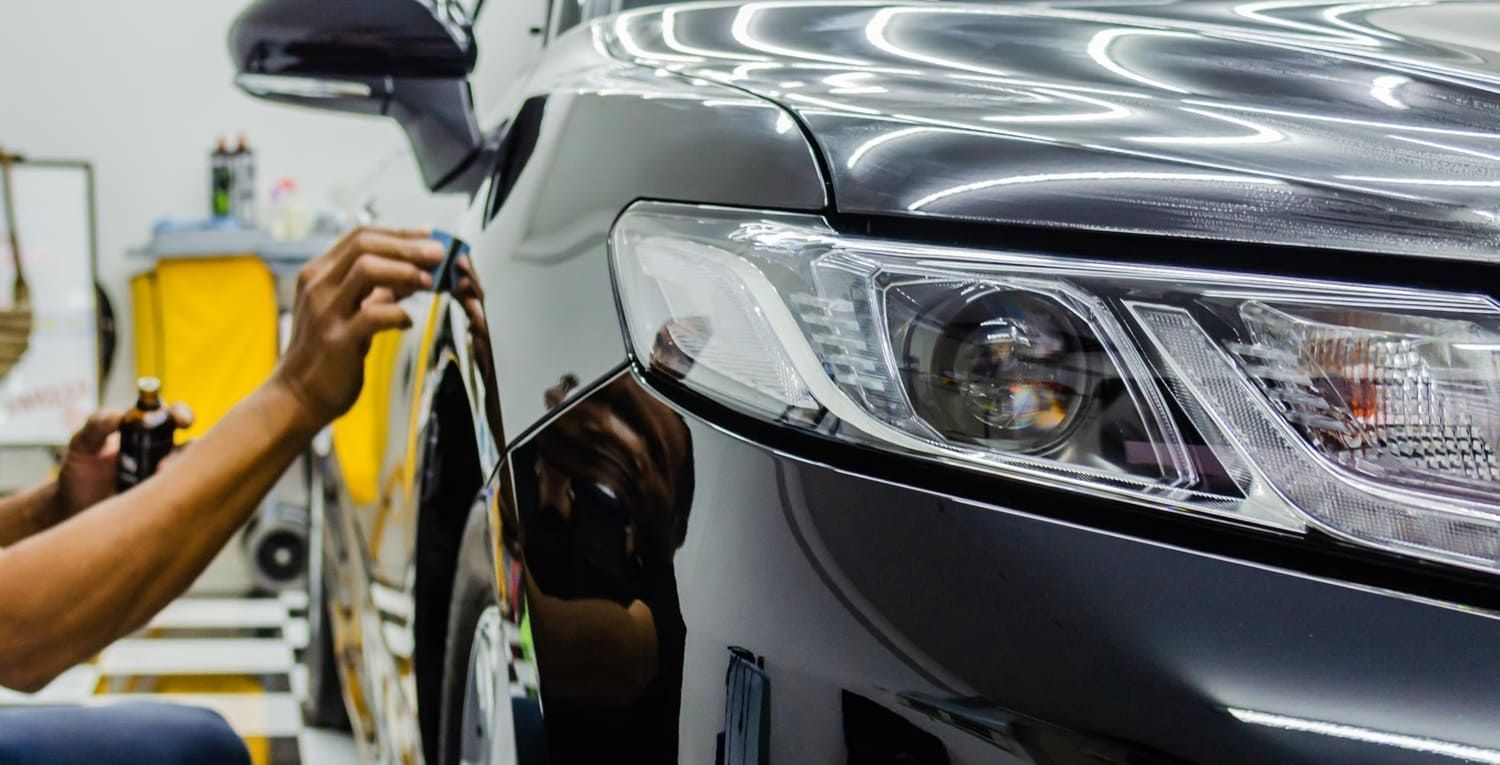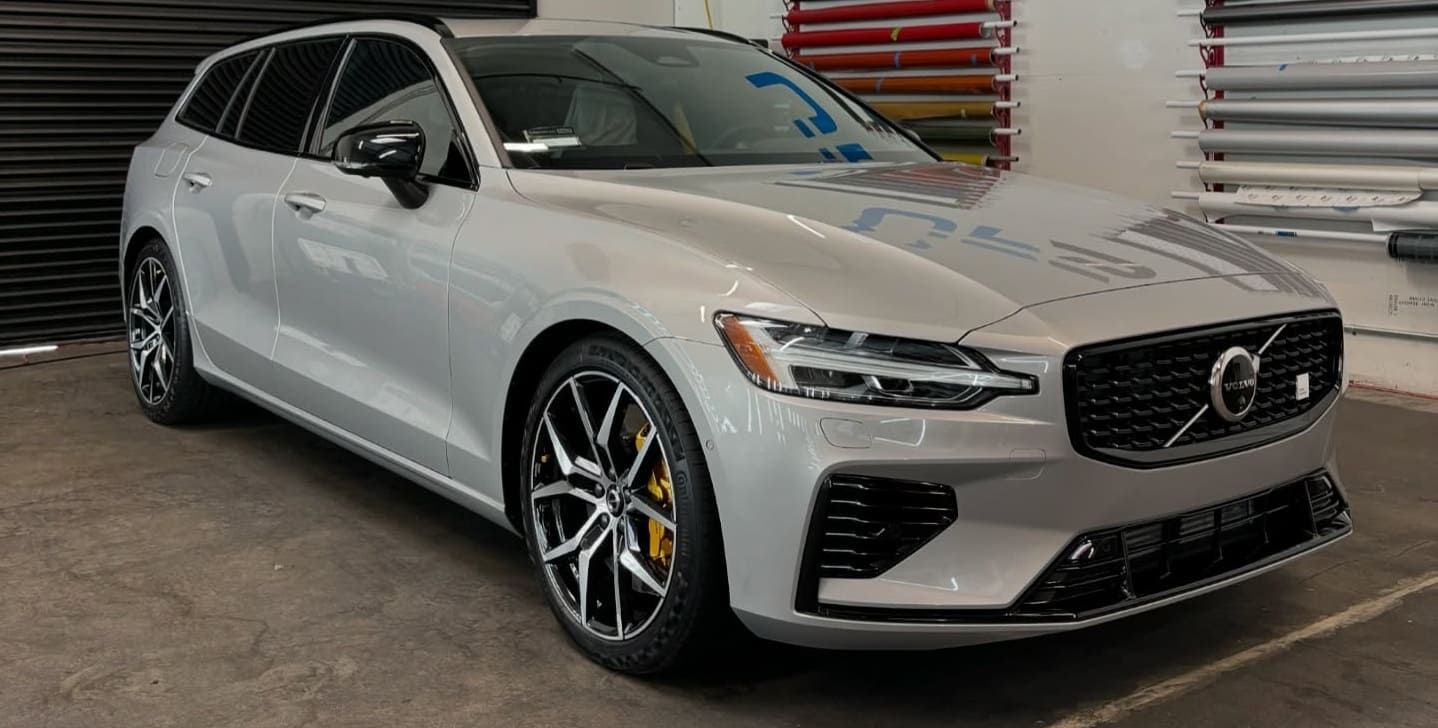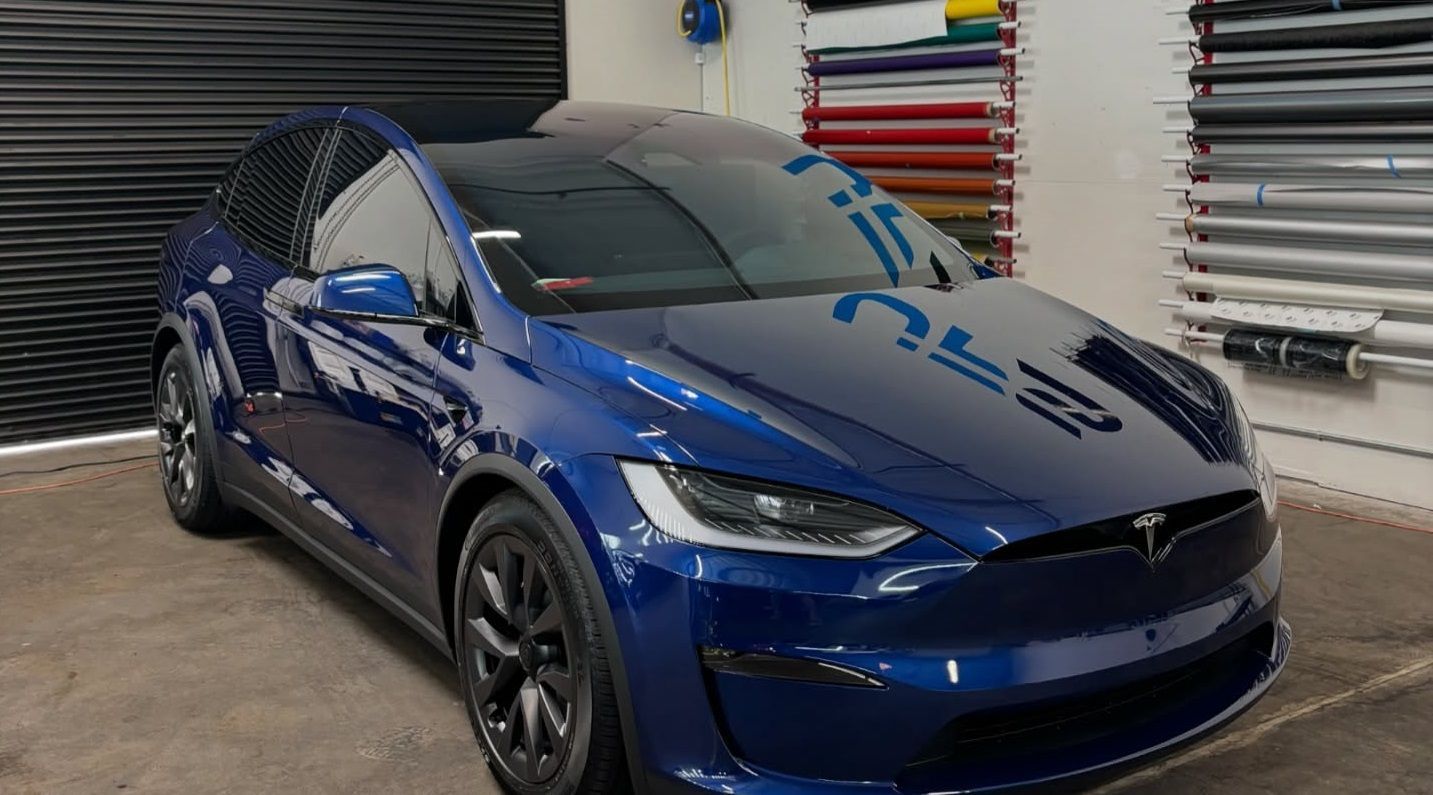Common Clear Bra Film Application Errors That Can Damage Your Car
Applying a clear bra film, also known as paint protection film (PPF), is a popular way to shield your car's paintwork from scratches, chips, and other damage. However, incorrect installation can lead to problems that not only negate its protective benefits but also harm your vehicle's appearance. Understanding these common mistakes is crucial for both DIY enthusiasts and professionals in ensuring a flawless finish.
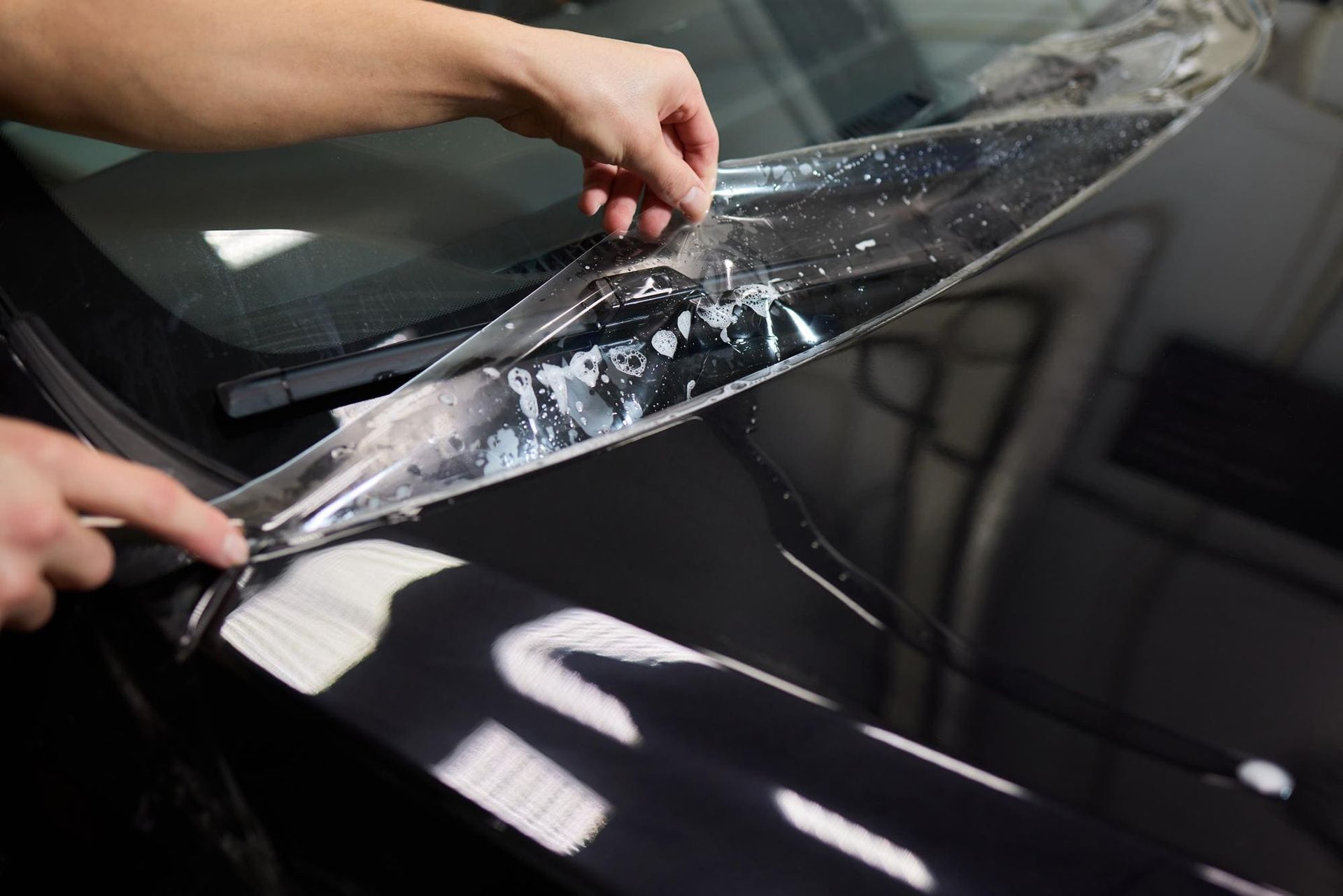
Understanding Clear Bra Film and Its Importance
Clear bra film is a transparent layer applied to a car's painted surfaces to protect against road debris, bugs, and environmental contaminants. This film is highly durable and maintains the aesthetic appeal of your vehicle by preventing unsightly scratches and chips. When applied correctly, it is virtually invisible, preserving the original look of your car while adding a layer of defense.
The Science Behind Clear Bra Film
Clear bra films are made from thermoplastic urethane, a versatile material known for its resilience and clarity. This compound is engineered to withstand harsh weather conditions, UV exposure, and mechanical impacts. By understanding the material's properties, car owners can appreciate how it protects their vehicle while maintaining a glossy finish.
The Aesthetic and Financial Benefits
Beyond protection, clear bra films enhance the resale value of your car by maintaining its exterior in pristine condition. Avoiding chips and scratches means fewer touch-ups, which can be costly. Moreover, a well-maintained exterior can significantly boost your car's market appeal, offering a return on investment when you decide to sell.
The Environmental Impact
Using a clear bra film is an environmentally friendly choice, as it reduces the need for frequent repainting. Paints and solvents release volatile organic compounds (VOCs) into the atmosphere, contributing to pollution. By minimizing paint damage, clear bra films help in reducing the environmental footprint of car maintenance.
Common PPF Installation Problems
Despite its benefits, clear bra film can be tricky to install. Let's delve into some of the most prevalent errors that can occur during its application.
1. Inadequate Surface Preparation
One of the most common mistakes is failing to properly prepare the car's surface before applying the film. Any dirt, dust, or grease left on the paint can prevent the film from adhering correctly. This can lead to bubbles, wrinkles, or edges that peel away.
- Solution: Thoroughly wash and dry the car and use a clay bar to remove any embedded contaminants. Ensure the surface is completely clean and dry before starting the installation.
The Role of Surface Contaminants
Surface contaminants such as bird droppings, tree sap, and industrial fallout can create microscopic barriers between the film and the car's paint. These contaminants not only hinder adhesion but can also cause corrosion over time if not removed properly.
Professional vs. DIY Cleaning
Professional detailers often use specialized tools and solutions to prepare the car's surface, ensuring a perfectly clean application area. DIY enthusiasts should invest in quality cleaning products to emulate these results and minimize the risk of installation errors.
The Importance of Patience
Rushing through the cleaning process can lead to costly mistakes. It's crucial to allocate sufficient time to thoroughly inspect and clean every inch of the surface to ensure the film adheres correctly and performs as intended.
2. Incorrect Film Alignment
Misaligned film can lead to exposed edges or uneven coverage, which not only looks unprofessional but also leaves portions of your paint unprotected.
- Solution: Use a spray bottle filled with a mixture of water and a small amount of soap to wet the surface before positioning the film. This allows you to slide the film into place and achieve a perfect fit before it adheres.
The Art of Perfect Alignment
Achieving perfect alignment requires a keen eye and steady hands. Even a slight miscalculation can result in exposed edges, which are vulnerable to peeling and damage. Practice positioning the film multiple times before finalizing the placement.
Tools to Aid Alignment
Laser guides and alignment tools can help ensure precise placement of the film. These tools, often used by professionals, can be a worthwhile investment for DIY installers seeking a flawless finish.
Consequences of Poor Alignment
Misalignment not only affects the visual appeal but also compromises the film's protective capabilities. Exposed areas are susceptible to damage, negating the film's purpose and requiring additional repairs.
Avoiding Installation Errors
3. Stretching the Film Excessively
While the film is designed to be flexible, over-stretching it can cause it to thin out or tear, reducing its protective capabilities and causing unsightly distortions.
- Solution: Handle the film gently and avoid pulling it too tight. If you need to cover a complex curve, use heat to help the film conform without stretching excessively.
Understanding Film Elasticity
Clear bra films are engineered to stretch, but they have limits. Understanding the film's elasticity and working within those limits is essential to avoid tearing or thinning, which compromises its integrity.
Strategies for Complex Curves
Complex curves and angles can be challenging. Utilizing heat helps the film conform to the car's contours without excessive stretching. A heat gun or hairdryer can be used to gently warm the film, making it more pliable and easier to maneuver.
The Risks of Over-Stretching
Over-stretching can lead to premature wear and tear. Thinned-out sections are more prone to damage, and the film's warranty may be voided if excessive stretching is detected during an inspection.
4. Using the Wrong Tools
Using inappropriate tools, such as sharp blades or abrasive materials, can damage the film or the car's paint.
- Solution: Invest in a quality installation kit that includes a squeegee, a heat gun, and a sharp, non-abrasive cutting tool. These tools will help you apply the film smoothly and precisely.
Essential Tools for Success
A well-equipped installation kit is crucial for a successful application. The right tools not only facilitate a smooth installation but also prevent accidental damage to the film or vehicle.
Avoiding Common Tool Mistakes
Using sharp or abrasive tools can cause irreversible damage. It's important to choose tools specifically designed for PPF installation to ensure a smooth application without scratches or cuts.
The Role of Technology in Installation
Modern technology offers a range of tools designed to enhance the installation process. From laser cutters to advanced squeegees, these tools provide precision and ease, making it easier to achieve professional results.
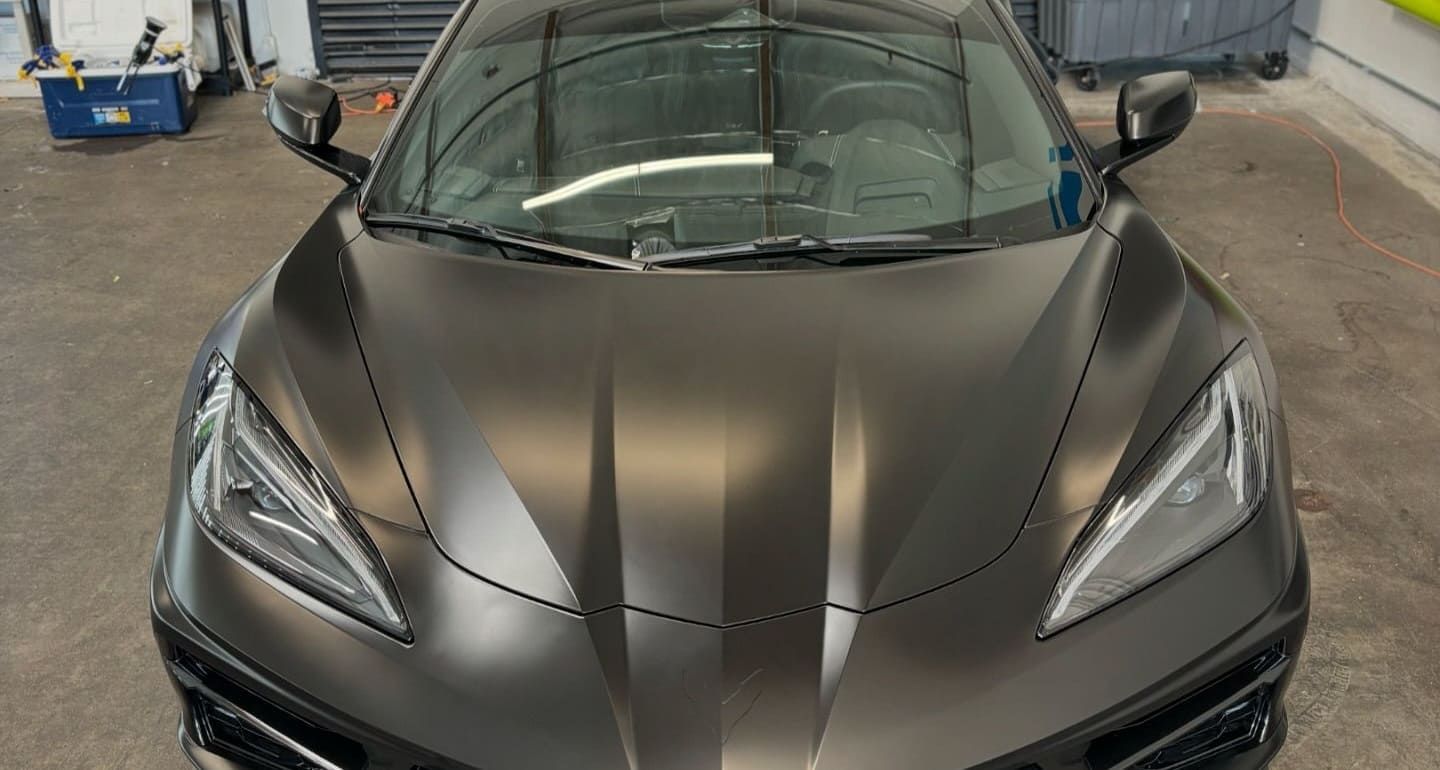
Ensuring a Flawless Finish
5. Not Applying Even Pressure
Uneven pressure during application can lead to bubbles or wrinkles, compromising the film's effectiveness and appearance.
- Solution: Use a squeegee to apply even pressure across the film, working from the center outward to remove air bubbles and ensure a tight fit.
Techniques for Even Pressure Application
Applying even pressure requires technique and practice. Starting from the center and moving outward helps distribute pressure evenly, minimizing bubbles and ensuring a smooth, tight fit.
The Impact of Bubbles and Wrinkles
Bubbles and wrinkles not only detract from the appearance but can also affect the film's protective capabilities. They create weak points where dirt and moisture can accumulate, leading to premature failure.
Professional Tips for a Smooth Finish
Professionals often use a combination of pressure and heat to achieve a flawless finish. Employing these techniques can help DIY installers achieve similar results, ensuring the film looks and performs as expected.
6. Ignoring Environmental Conditions
Temperature and humidity can affect the film's adhesion. Applying the film in unsuitable conditions can result in poor adhesion and a suboptimal finish.
- Solution: Install the film in a controlled environment where you can maintain consistent temperature and humidity levels.
The Science of Adhesion
Adhesion is influenced by environmental factors such as temperature and humidity. Understanding how these factors impact the film's performance is critical to achieving a strong bond and flawless finish.
Creating the Ideal Installation Environment
A controlled environment is essential for optimal results. Indoor installations, away from direct sunlight and fluctuating temperatures, provide the best conditions for applying clear bra films.
Addressing Environmental Challenges
In cases where a controlled environment isn't possible, installers should take extra precautions. Using portable heaters or dehumidifiers can help regulate conditions, ensuring the film adheres properly.
Post-Installation Care
Even after successful installation, improper maintenance can lead to problems.
7. Skipping the Curing Process
The film needs time to cure and adhere fully to the surface. Rushing this process can lead to peeling or bubbling.
- Solution: Allow the film to cure for at least 24 to 48 hours before exposing it to water or other elements. Follow the manufacturer's guidelines for optimal results.
Understanding the Curing Process
Curing is a crucial step that ensures the film adheres properly to the car's surface. During this period, the adhesive sets, forming a strong bond that enhances the film's durability and longevity.
The Risks of Rushing Curing
Skipping or rushing the curing process can lead to adhesion issues, such as peeling or bubbling. It's essential to follow the manufacturer's guidelines to ensure the film performs as intended.
Best Practices for Curing
To ensure proper curing, keep the car in a dry, sheltered area for at least 24 to 48 hours. Avoid washing or exposing the car to harsh weather conditions during this period to allow the adhesive to fully set.
8. Neglecting Regular Maintenance
Once the film is installed, it still requires regular cleaning and maintenance to retain its protective qualities and appearance.
- Solution: Clean the film regularly using a non-abrasive cleaner and a soft cloth. Avoid pressure washing close to the edges of the film to prevent peeling.
The Importance of Regular Cleaning
Regular cleaning prevents the buildup of dirt and grime, which can degrade the film over time. A non-abrasive cleaner and soft cloth are ideal for maintaining the film's clarity and protective properties.
Avoiding Common Cleaning Mistakes
Harsh chemicals and abrasive materials can damage the film. It's important to choose products specifically designed for PPF maintenance to prevent scratches and maintain its integrity.
Long-Term Maintenance Strategies
In addition to regular cleaning, periodic inspections can help identify any issues early. Addressing minor problems promptly can prevent them from escalating, ensuring the film continues to protect your car effectively.
Choosing the Right Professional
If you're not confident in applying the film yourself, hiring a professional can ensure a flawless application. However, it's crucial to choose someone with experience and a good reputation to avoid the common errors mentioned above.
9. Evaluating Professional Installers
- Check Credentials: Look for certified installers with extensive experience in applying clear bra films.
- Ask for References: Request references or reviews from past clients to gauge the quality of their work.
- Inspect Previous Work: If possible, inspect previous installations done by the professional to ensure they meet your standards.
The Importance of Certification
Certification indicates that an installer has undergone training and meets industry standards for applying clear bra films. Choosing a certified installer ensures a higher level of expertise and professionalism.
Reading Reviews and Testimonials
Reviews and testimonials provide insight into an installer's reputation and quality of work. Positive feedback from previous clients is a good indicator of reliability and skill.
Evaluating Work Samples
Inspecting previous work allows you to assess the installer's attention to detail and overall quality. Look for smooth, bubble-free applications and ensure that edges are neatly trimmed and well-aligned.
Conclusion
Applying a clear bra film is an effective way to protect your car's paintwork from damage. However, achieving a perfect application requires attention to detail and an understanding of the common pitfalls. Whether you're applying the film yourself or hiring a professional, being aware of these common clear bra film application errors will help ensure your car remains protected and looking its best.
At Ultimate Film Solutions, the #1 Paint Protection Film installers for Sacramento & North Hollywood and Los Angeles Nearby Areas, we ensure flawless installation for maximum protection. Contact us today for a free estimate and protect your vehicle with confidence.

